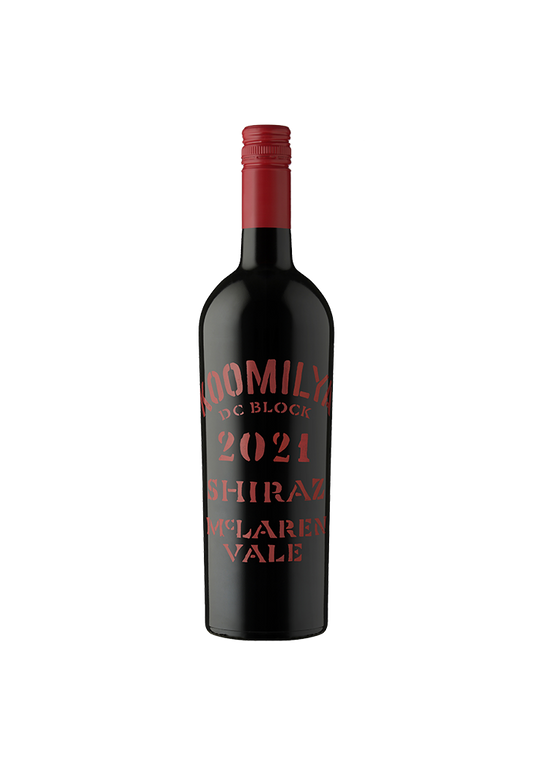Koomilya
Wines that reflect location, accent and the seasons of each vintage, Koomilya is a faithful record of what has passed and still endures.
Producing single site wines, the established vineyard was named after a mid-19th century lugger that traversed between South Australia and the then emerging state of Western Australia – a symbolic reflection of winemaker Stephen Pannell’s connection to the two states; one of his youth and one now being the place he calls home.
As Stephen and Fiona Pannell’s first vineyard, Koomilya has been the realisation of a long-held vision to create modern Shiraz which harks back to a tradition of what McLaren Vale Shiraz looked like in the 1960s.
Wedged between the original Upper Tintara vineyard – planted by the famous Doctor Kelly in 1862, and the Hope Farm or Seaview vineyard established in the early 1850s by George Manning, Koomilya’s landscape and microclimate first captured the winemaker’s heart in December 1994 while Stephen was working with BRL Hardy.
Despite visiting hundreds of vineyards across the globe, it was Koomilya that continued to call. Having expressed his wishes to one day own the vineyard should the then owner Don Cant ever look to sell, it was in late 2012 that the opportunity arose for Stephen and Fiona to become the new custodians of the 35 hectare property and so to the chance to regenerate an old Shiraz vineyard amongst an ancient landscape.
Staying true to their belief that wine should reflect place, the vineyard has been farmed organically since its purchase, with weeds and feral olives removed by hand to allow native flora such as rare orchids and majestic old gum trees to reclaim the space.
Conserving the landscape is a priority for the Pannell family as they focus on regenerative measures and Biochar – taking the waste from the olive trees, and returning it to the soil as charcoal to improve soil structure, water-holding capacity and increase mycorrhizal fungi, assisting nutrient uptake of the vines. Cultivation is kept to the bare minimum allowing the build up of humus and micro flora, and only recycled water is used for irrigation.
And while these methods take time, the wines produced from this landscape have strength, intensity and glorious grape tannins which wind the palate together, taking you to the heart of the vineyard and its history, which dates back to the late 1850s.
“The vine is a magnifying glass for the landscape and to produce wine that tastes like the place, we must preserve the landscape and touch it lightly.”
“The protection of regional, vineyard and even single block characteristics becomes the most important factor in your winemaking decisions”
“I think all great wines obey a set of rules, and the most important of these is that wine should have a sense of place.”











